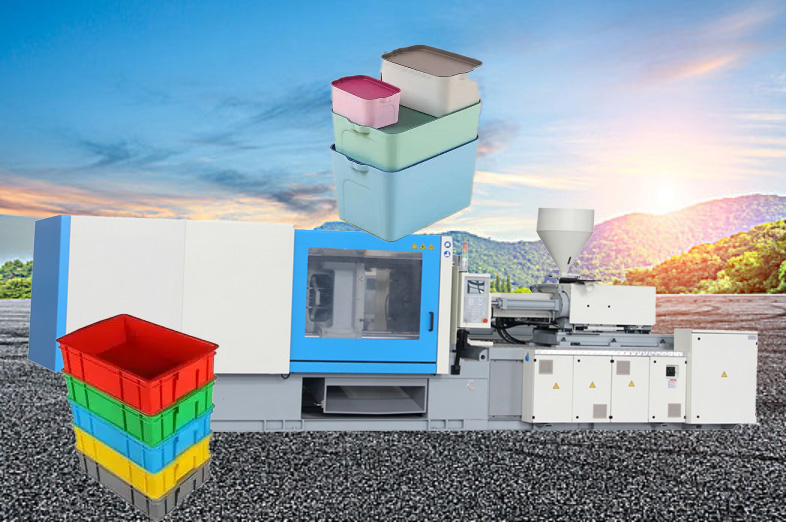Key strategies for hygiene control of injection molding machines in food and beverage packaging production

In the food and beverage industry, the safety and hygiene of packaging are crucial for consumer health. As a key equipment in plastic packaging production, the hygiene control of injection molding machines plays an indispensable role in ensuring packaging quality. Let’s explore how to implement effective hygiene control measures in food and beverage packaging production through injection molding machines.

1、The role of injection molding machines in food and beverage packaging
Injection molding machines are mainly used for producing plastic bottles, cans, caps, and other packaging materials. These packaging materials must comply with food safety standards to ensure no contamination or bacterial growth. Therefore, hygiene control of injection molding machines is an indispensable part of the production process.
2、Hygiene challenges of injection molding machines
Chemical pollution: Plastic raw materials or additives may contain harmful chemicals to the human body.
Microbial contamination: Bacteria, fungi, and other microorganisms on the surface of machines may cause food contamination.
Physical pollution: Particles generated by machine wear may fall into the product.
3、Health production control measures
3.1、Design and material selection
Material safety: Choose plastic raw materials and additives that meet food grade standards, ensuring that they are non-toxic and harmless, and do not release harmful substances.
Surface treatment: The parts of the machine in contact with plastic should be made of materials that are easy to clean and corrosion-resistant, such as stainless steel.
3.2、Cleaning and disinfection
Regular cleaning: Establish a strict cleaning plan and use food grade cleaning agents to regularly clean injection molding machines, especially molds and nozzles.
Disinfection treatment: Before and after production, use appropriate disinfection methods, such as ultraviolet disinfection, to reduce microbial contamination.
3.3、process control
Temperature control: Control the processing temperature to ensure that the plastic is fully melted while avoiding the release of chemicals due to overheating.
Air purification: Production workshops should adopt air purification systems, such as high-efficiency filters, to ensure that the air is free of particles and microorganisms.
3.4、Maintenance and Inspection
Regular maintenance: The equipment should be maintained according to the plan, and worn parts should be replaced in a timely manner to prevent physical pollution.
Hygiene testing: Regular testing of microorganisms and chemical pollutants in the production environment to ensure that hygiene conditions meet standards.
4、Continuous improvement and regulatory compliance
Training and education: Provide food hygiene and safety training to operators and maintenance personnel to enhance their hygiene awareness.
Traceability system: Establish a production batch traceability system, which can quickly locate and take measures once hygiene issues are found in the packaging.
Compliance with regulations: Adhere to domestic and international food safety regulations and standards, such as FDA, EU directives, etc., to ensure global accessibility of products.
5、epilogue
The hygiene control of injection molding machines in food and beverage packaging production is a complex but crucial link. By selecting safe materials, strengthening equipment cleaning and disinfection, strictly controlling the production process, performing regular maintenance and inspections, and continuously improving and complying with regulations, the hygiene risks of food and beverage packaging can be effectively reduced. This not only ensures the health of consumers, but also enhances the brand reputation and market competitiveness of enterprises.
By integrating the above measures, food and beverage enterprises can achieve hygiene control of injection molding machines in packaging production, ensure product safety, and win consumer trust. With the continuous advancement of technology and the improvement of industry standards, future health control measures will become more scientific, intelligent, and effective.


